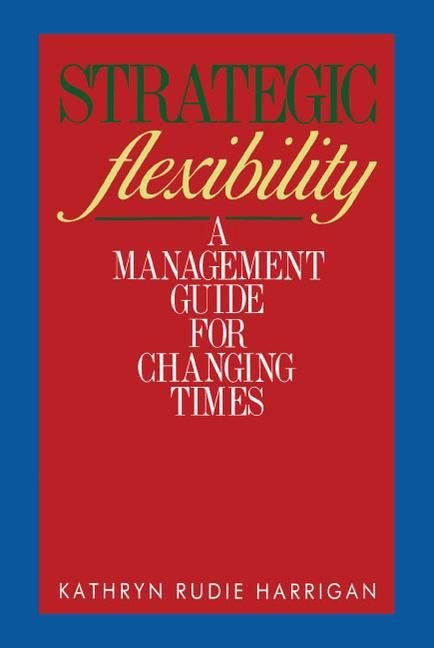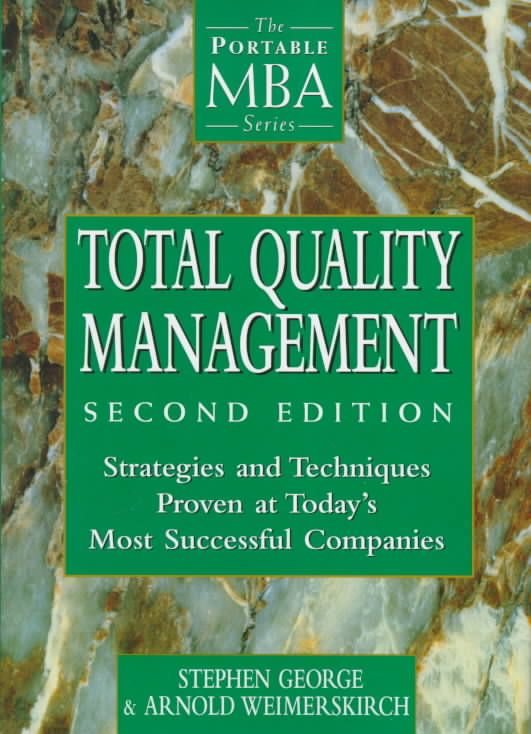Many companies refuse to face the reality that their businesses are in trouble or that their strategic positions are wrong. Whether a product line is no longer profitable, foreign competition has slowed growth, or technological changes have left them behind, many otherwise well-managed companies hang on for too long to the status quo. In this inflexible posture, managements time and talent go to waste, assets grow sterile, and technology falls behind. This book will help managers overcome the exit barriers that hamper strategic flexibility. Based on innovative studies of 192 firms within Sixteen industries, the ideas presented here are applicable to almost any industry and any type of firm. Harrigan discusses the major strategic decisions facing executives today, including guerrilla strategies of underdog competitors, entry and exit barriers, the use of joint ventures to cope with the uncertainties created by erratic growth, and the management of change. She focuses on the shortcomings of vertical integration, developing a framework for better make-or-buy decisions. The effects of exit barriers on firms’ strategic flexibility are detailed, and managerial tools to cope with high barriers and declining businesses are introduced. Strategic Flexibility is organized to provide easy reference for managers seeking to find out what strategies have worked and why. This book offers practical, proven ways for managers to expand the flexibility and responsiveness of their companies to new competitive conditions.












